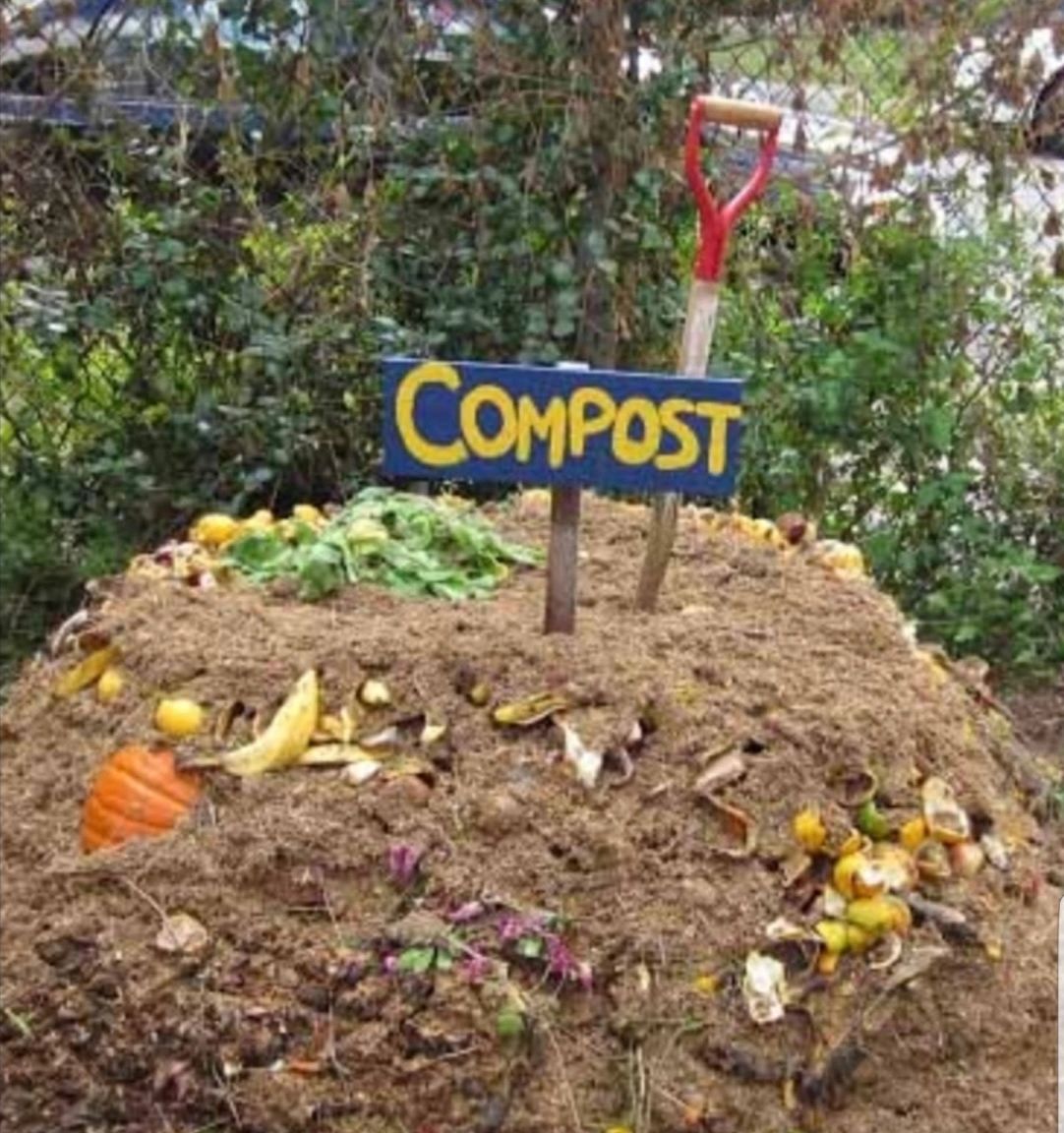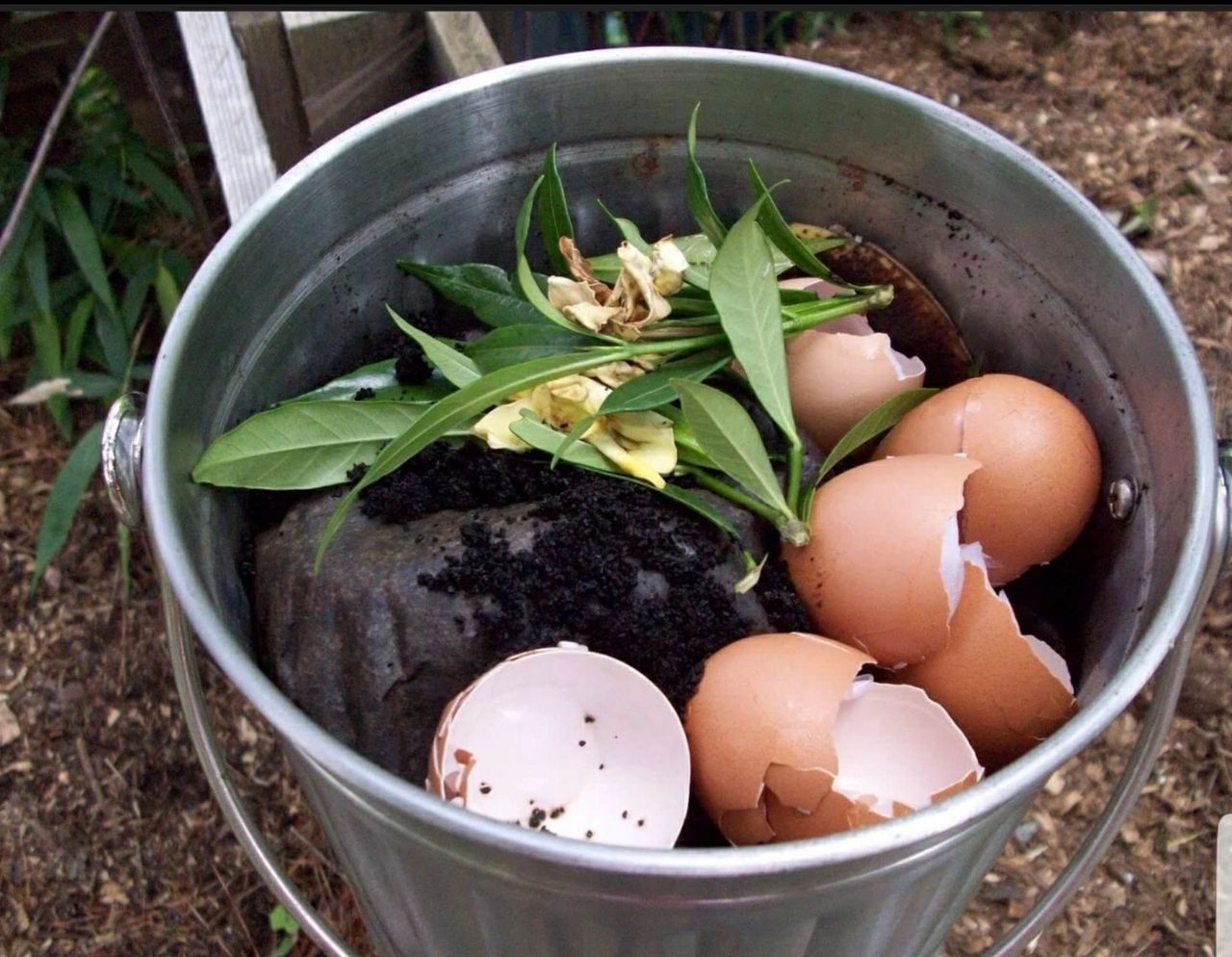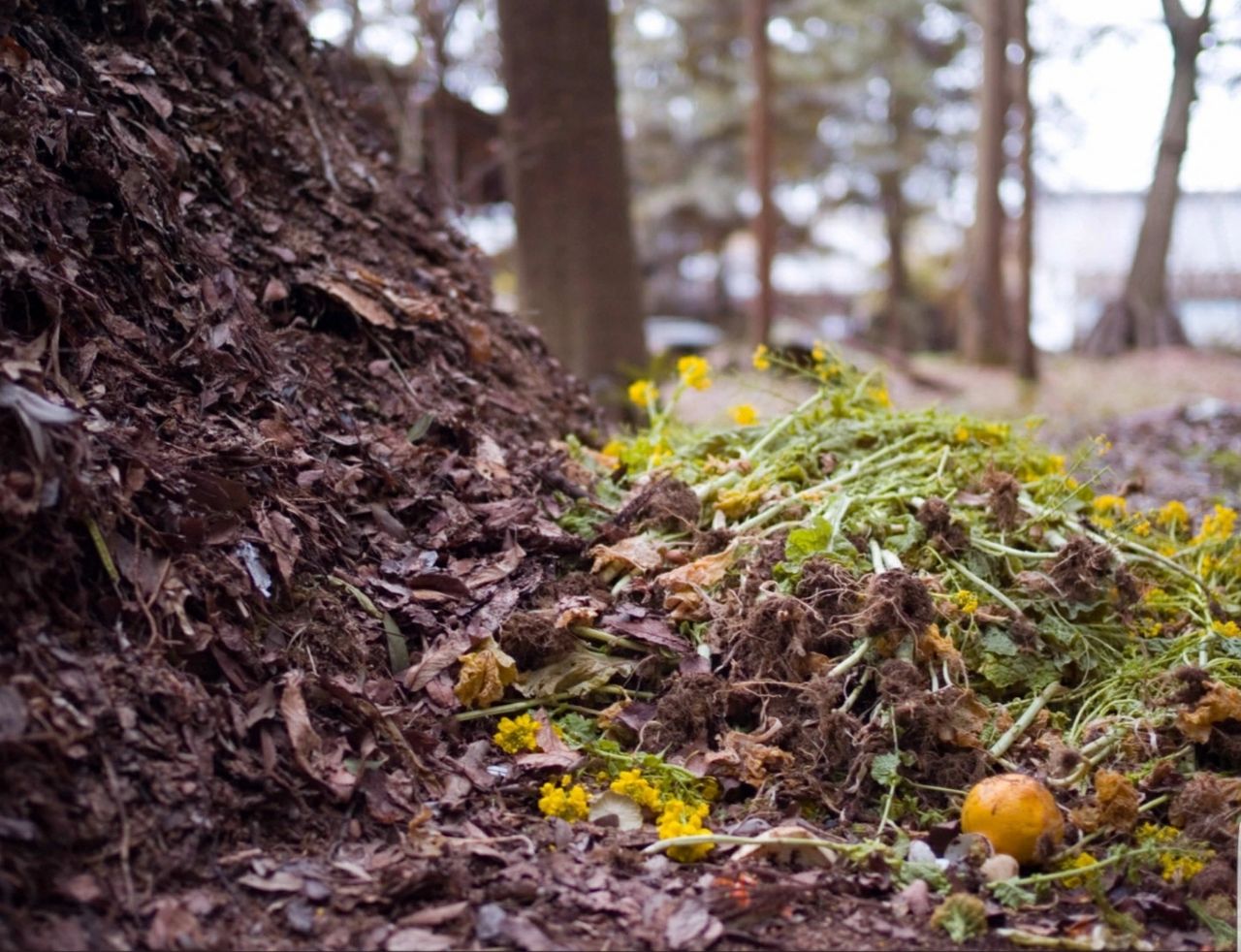
There’s nothing quite like nurturing and growing something yourself. Regardless of your current soil conditions, the addition of compost can transform it into a healthy growing medium for plants.
Composting works by breaking down organic material such as leaves, manure, newspaper, kitchen scraps (i.e. veggie, fruit, eggshells, and coffee grounds), and grass clippings into humus, an essential element of fertile soil.

Composting has so many benefits!
- Enhance soil
- Increase airflow and water retention
- Stabilize pH levels
- Support essential/ beneficial bacteria and fungi
- Elimination of need for chemical fertilizers
- Suppression of plant diseases and pests
- Decreased landfill waste
As a gardener augmenting your soil becomes second nature but if you’re just getting started the process can seem kind of daunting.
Heaping is considered the easiest and least expensive method and, while it is untidy, is often the best option for beginners. Location of the compost pile is a very important factor. The area you use should be level with good drainage and allow partial sun or shade. It should also be started on bare ground and be easy to get to. The size is also a factor and should average about 3 foot by 5 foot to ensure it heats efficiently, doesn’t hold too much water and allows easy aerating with the turning process.
One should alternate layers of nitrogen rich, green materials- grass clippings and kitchen scraps, with carbon rich, brown materials- leaves, newspaper and small woody yard waste.

A quick side note on kitchen scraps that deserves mention; meat, fat and bones should never make it into your compost since they can introduce harmful parasites and attract animals.
Moisture is essential for the compost to break down and the pile should be kept wet but not soggy. Most water will come from rain and moisture within the green material, but occasionally you may need to wet it down. Should the pile become too soggy, moisture can be soaked up with increased brown material additions. To aid in the decomposition process the pile also needs adequate circulation of air which can be achieved by turning it frequently.
Once the pile is started and a system established, it’s so easy to keep a healthy, non-stinky compost heap.
My family keeps a large bowl on the kitchen counter with a lid on it to deposit routine, generally organic, food scraps. When the bowl becomes full, about every other day, it’s deposited in the pile of grass clippings I’ve collected from mowing and then a small pitch fork is used to cover the scraps with a couple scoops of drying grass. At this point you just let time and nature step in.
With a little bit of love, effort and time you can not only give back to the earth but reap the benefits of all she has to offer.
– Erin Marriott
